Has life every clobbered you so hard, you thought you were done for? That was how I felt, after my beautiful husband of 33 years died of cancer at age 58.
Michael had always been the man I wanted to do everything with–make dinner, make love, dance at our daughters’ weddings and romp with our grandchildren, should we be lucky enough to have some. But now, none of that was going to happen.
I was alone and felt that I would always be alone. So what was I to do, other than pull the covers over my head and cry?
One day an item in my weekly newspaper in Maine caught my attention. A local artist was offering a watercolor workshop in the big gray barn that served as her studio. I’d been admiring her canvases for years. I’d enjoyed reading about her in the same weekly paper, too. As a young woman, she’d studied art in Japan, learning to paint with pulverized seashells and even crushed pearls. I started thinking of her as Pearlie after that.
Read More: Finding a New Hobby and My Buttercream Bliss
The Lesson Begins
After moving here with her family, she started painting the local scenes that many in the community have come to know her for. Lobster boats chugging in with the daily catch. Sparrows hopping around in the snow. Children getting back to the beach after a long winter, their faces tilting gratefully towards the sun.
I’ve never had any reason to think I have any artistic ability at all.
Pearlie has a great eye and is a great talent. I, on the other hand, have always been a word person, a writer and an editor by trade. So I’ve never had any reason to think I have any artistic ability at all.
Still, the idea of trying something as fresh and new as watercolor painting was certainly intriguing. It seemed like the perfect medium for capturing Maine’s lacy waves, tiny islands, the fish leaping out of the lake first thing in the morning.
So on a fogbound day I locked the door of my modest log cabin and started driving down the long dirt road that connects me to town. To get ready for the class I’d hastily picked up a beginner’s paint set at the dime store. It was very basic, just plastic brushes and hard little rounds of paint, but I figured it would do. At that point I had everything to learn, including the fact that many artists prefer the richer, deeper watercolor paints that come in tubes.
When I pulled up to Pearlie’s barn on Main Street I saw that there was only one grassy spot left in the parking area. I wanted to make a quiet entrance, but my wheels squealed horribly as they spun round and round in the dewy grass.
Taking It Seriously?

The author with one of her lighthouse watercolors. Photo by: Susan Berkowitz
Inside the studio, more embarrassment. The other workshop students, mostly women around my age, had arrived with tote bags full of serious-looking art equipment. Paint-spattered wooden palettes. Crumpled tubes of watercolor paint.
Pearlie, slight and stern, looked over the top of her bifocals at me and said, “That is a child’s paint set,” in a voice loud enough for the whole class to hear.
I swallowed hard. How could I have been so careless? Looking around the refectory table where eight of us were seated, I noticed for the first time that some of the other students were wearing smocks. They were taking the class seriously, as Pearlie would want us to. I was the only one, it seemed, who hadn’t gotten the memo.
But the next thing I knew, Pearlie was beside me, squeezing blobs from her own paint tubes onto my plastic palette. She insisted that I borrow some of her good paint brushes too.
I swallowed hard. How could I have been so careless?
After such a shaky start I had a hard time concentrating on what I was supposed to paint, a rose from Pearlie’s garden. It was Pepto Bismol pink, and I felt like I could use a dose of the same medicine right then and there.
The woman sitting next to me was stroking away, her sheet of watercolor paper filling up with petals and leaves. When I looked at my own sheet of paper, a total blank, my eyes swam. I felt so breathless, so clueless, I found myself rising from the table and wobbling outside.
The Getaway
I considered jumping into my car and making a fast getaway. But instead I walked down the hill to the town harbor, thinking I’d clear my head a bit. The fog had thickened but if I squinted into the whiteness I could still see the plucky little lighthouse I always look for across the bay.
I sank down on a big flat boulder then and took some gulps of briny air. How wrong I had been to imagine this was a good idea!
My head was bowed and my feet were dragging as I retraced my steps up the hill.
And yet….I was no quitter. Giving up so soon was just too easy, wasn’t it? Maybe I should stop blaming every little thing on our family’s tragedy, the loss of my soulmate. Maybe it was time to focus on the things that might help get me out of bed in the morning: nature, poetry, prayer, friends, family…. watercolor painting?
If I stayed in the fogbound harbor I’d miss everything Pearlie had to say, and that would be a shame. She’d entrusted me with her own paints and brushes, after all.
My head was bowed and my feet were dragging as I retraced my steps up the hill. And then as I walked through Pearlie’s garden again, a lightbulb popped inside my head. What if I painted the pink rose the way it made me feel instead of the way it looked? What did I have to lose?
When the workshop ended more than two hours later, I went up to Pearlie and thanked her for being so encouraging. Possibly out of sympathy, she said I should keep on painting. “Send me something,” she added, as I headed for the door. Wow! She thought my progress as a painter was worth following? That was enough to send me home on a cloud.
Sticking With It
Walking to the car, I carried my bunch of damp watercolors loosely in my arms, the way you might carry a bunch of cut flowers. I knew they were fumbling first tries and nothing more.
I own many good brushes now and I’ve used them to paint my way through many things.
Still, once back in the cabin I thumb-tacked my artwork to the log walls in my bedroom. I would love my first paintings with my eyes and I would keep on painting.
I own many good brushes now and I’ve used them to paint my way through many things. Family crises. This long and frightful pandemic. Even the unlikely wonder of finding love again.
I paint birch trees, schooners, speckled fish. And pretty often I paint lighthouses, rising up from their own rocky little islands.
I think I like painting lighthouses most of all.
Read More: Becoming a Beginner Again at Midlife
***
Susan Lapinski is the former editor of Sesame Street Parents and Working Mother magazines. She’s also a writer, working on a book of essays about her favorite lake in Down East Maine.




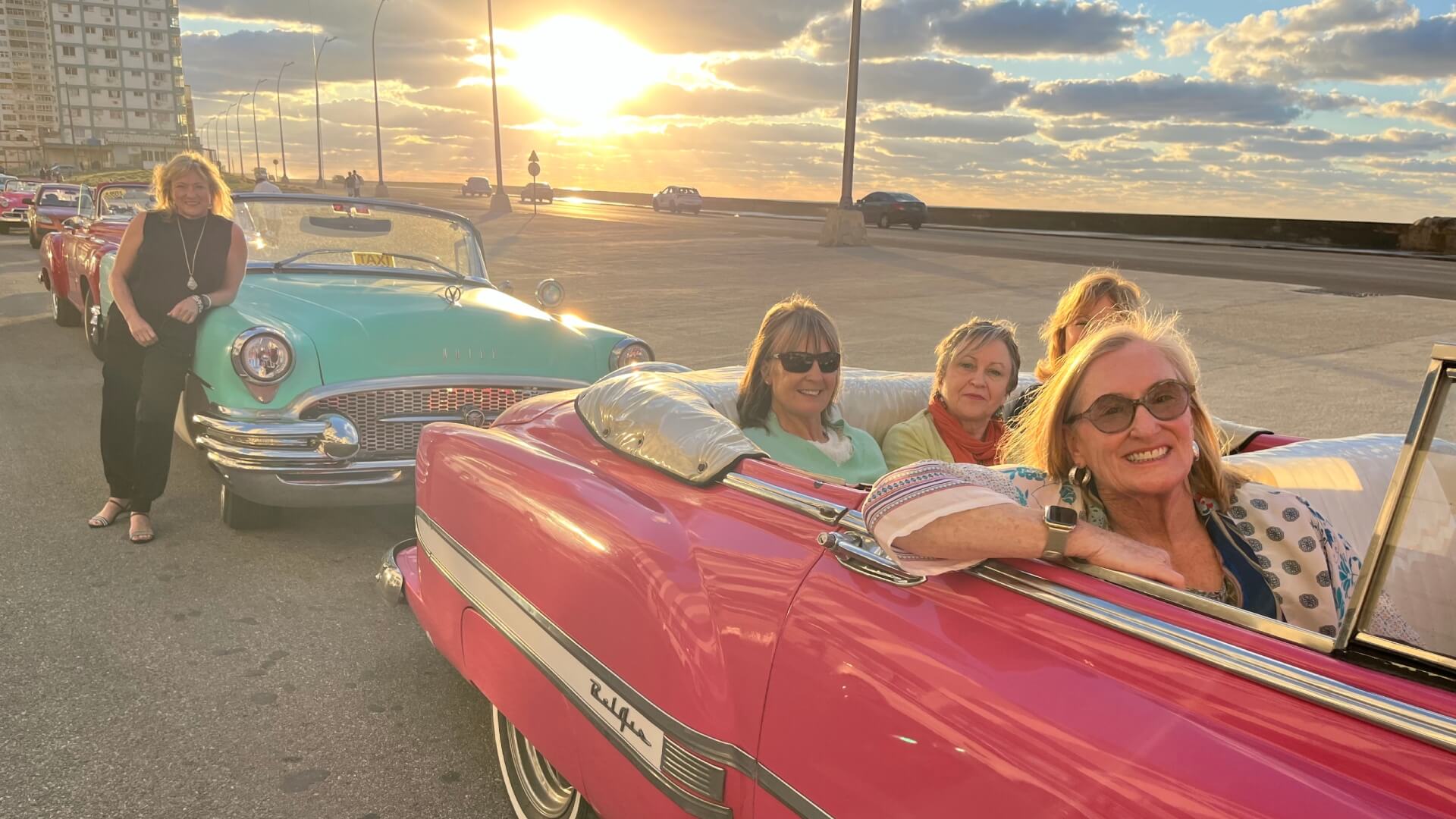
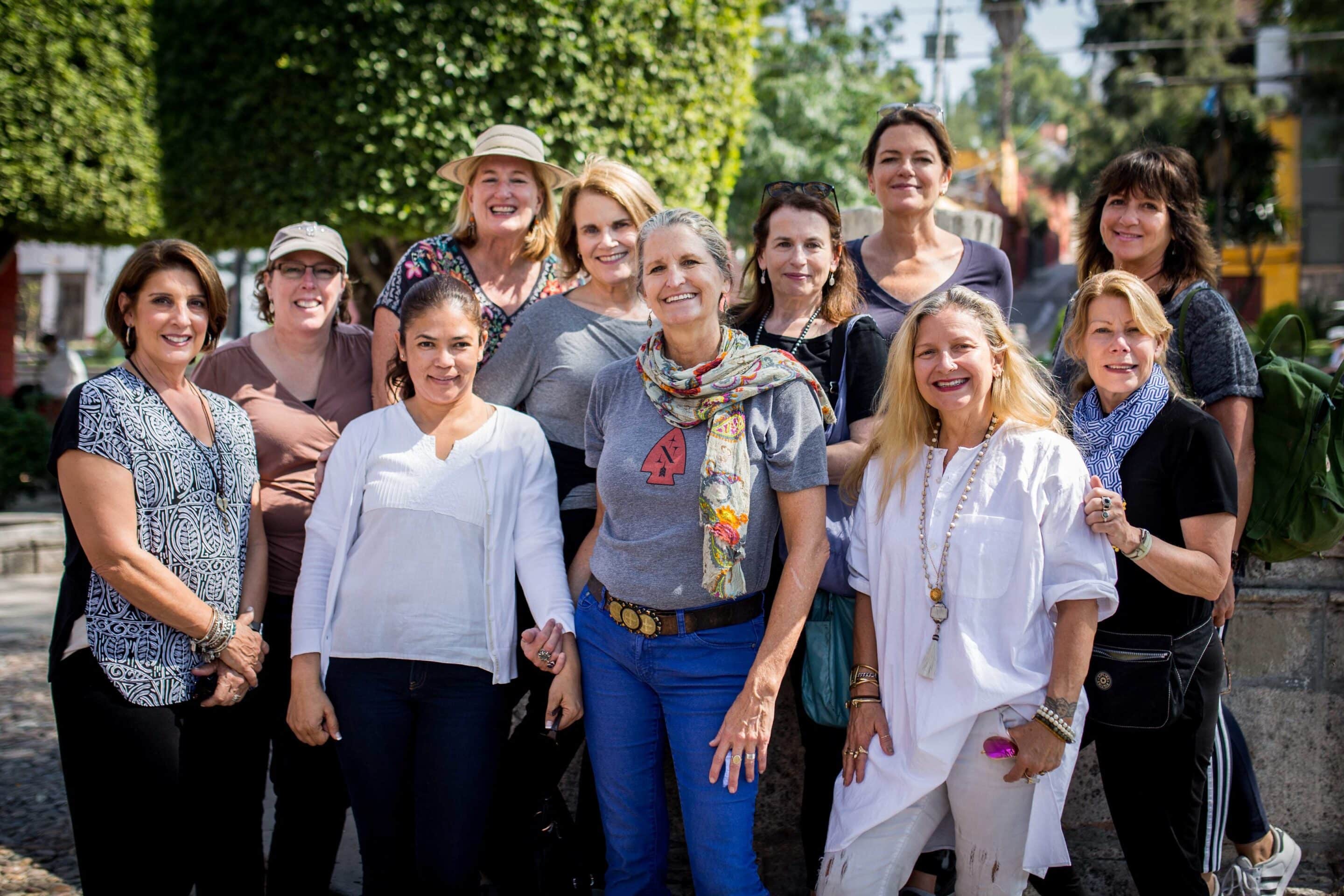
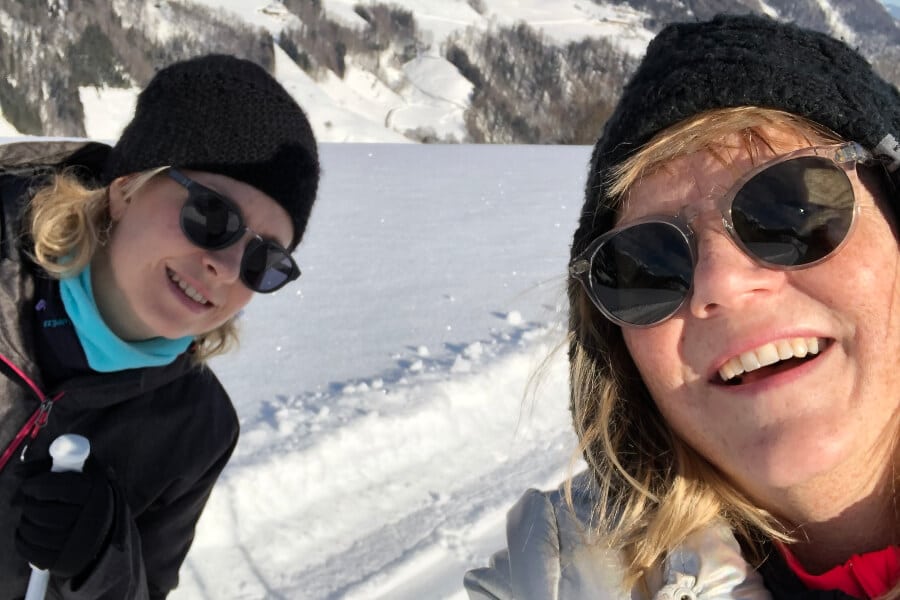

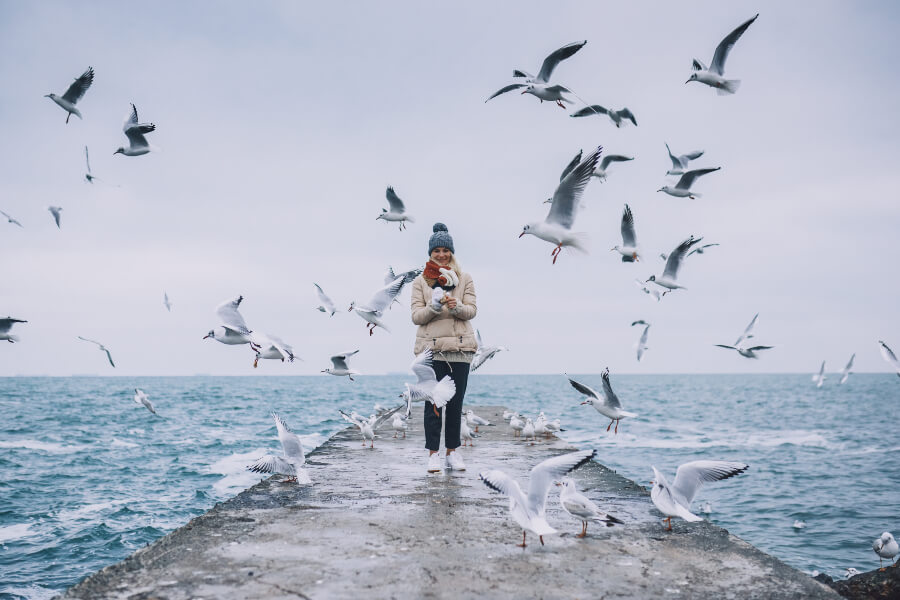
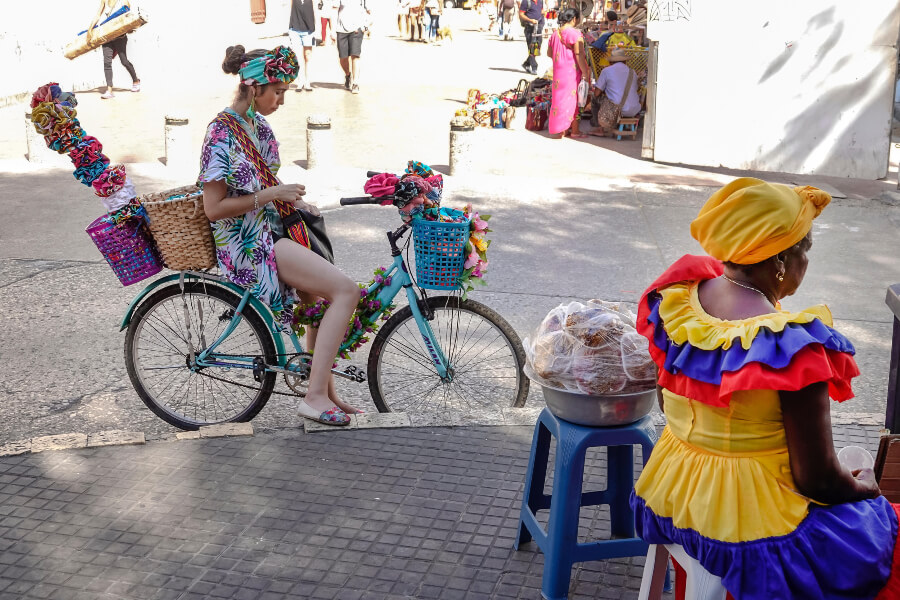
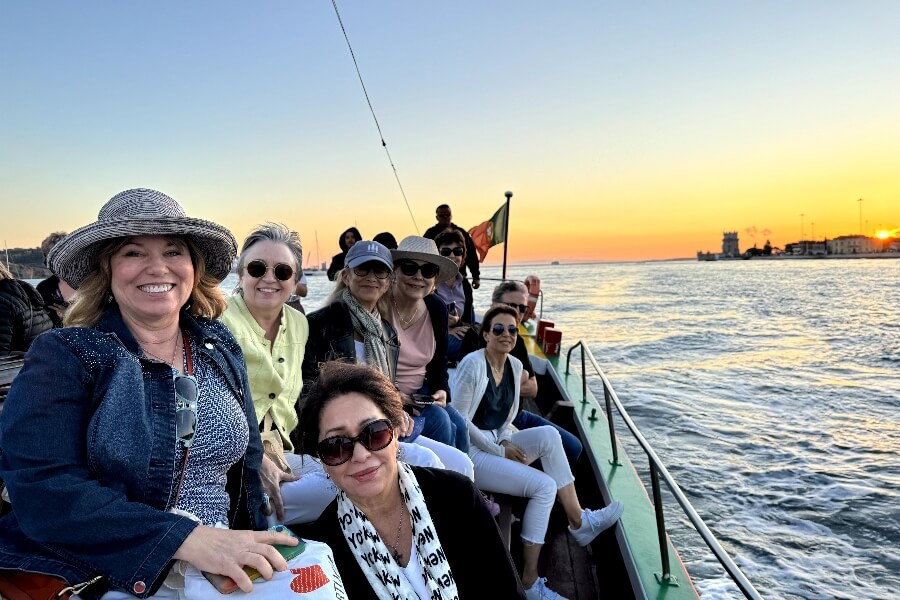







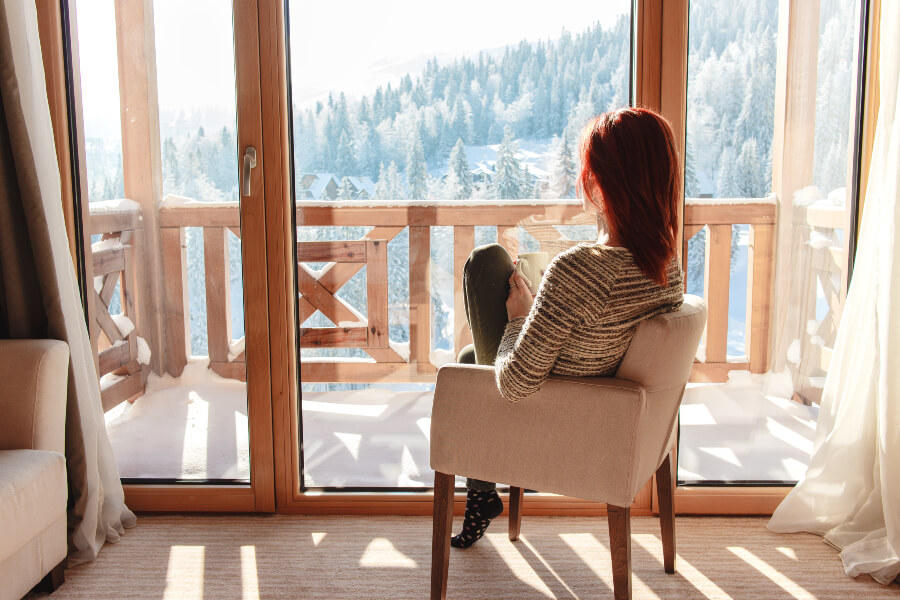
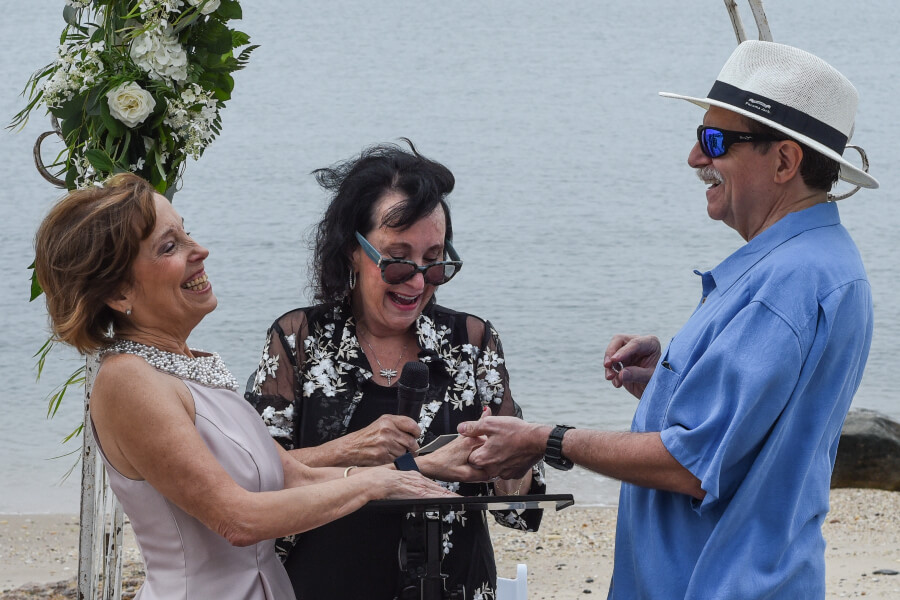

0 Comments